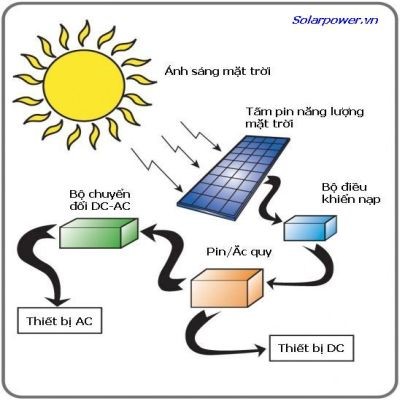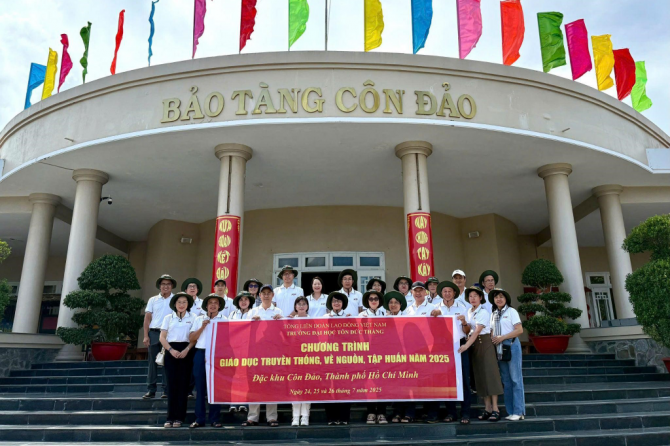Manufacture of electricity under sustainable development trend
Solar energy is the source of energy generated by the sun's light transmitted in the form of illumination of the Earth. It is important in many areas of everyday life. Heat and light from the sun can be used to generate electricity, hot water, etc., without emitting carbon gases and other greenhouse gases that affect the environment like traditional energy sources such as coal and oil. Traditional energy sources are also running out, the prices are high, and the supplies are unstable, so the use of renewable energy - especially solar energy - to generate electricity or other life utilities are one of the current trends in sustainable development in the world. Solar energy is considered one of the most renewable, eternal, and friendly for environment, providing enormous environmental, economic and social benefits.
One of the solar technologies that is applied to produce electricity suitable for large scale or household is solar panels. Solar panels are devices that directly convert solar energy into electrical energy based on the photovoltaic effect. The solar panels have large surfaces to collect sunlight and convert it into electricity, made of many photovoltaic cells that perform the process of generating electricity from light.

Using solar panels to produce electricity because of:
- Endless energy from the sun: Sunlight is the fuel that solar panels use, it is available and can be self-renewable.
- Usability: Solar panels produce and provide electricity locally where they are used so there is no need for cables to conduct electricity.
- Reducing costs: Instead of using 100% of electricity from the national grid, only 50% or 0% of electricity is needed by using grid connected solar system. The offset energy is taken from the solar panels and supplied directly to the grid system in the home.
- Protecting the environment and natural resources: reducing the exploitation of natural resources and not emitting any waste that harm the environment and human beings during the operation.
Ton Duc Thang University is one of the pioneer units installing solar panels with 472 panels installed on nearly 1,000 m² floor area, total capacity of nearly 120 (Kilo Watt of electricity), for approximately 17 (Mega Watt of electricity / hour) output per month, enough to meet 30% of the monthly power consumption of two buildings D and E. This is the typical model to encourage and expand the use of solar energy to generate electricity for offices, schools, hospitals, etc. across the country to help to reduce the pressure on the electricity industry, bring economic benefits to the people, protect the natural resources and integrate with the trend of sustainable development of the world.
The university has a plan to install and expand the system of electricity from sunlight on all buildings of Tan Phong Campus, The Headquarters of the University. According to the plan, by the end of 2019, all of the buildings in the university will have solar electricity generation systems and it is estimated that 40% of The Headquarters electricity need will be provided by this green and clean energy this from 2019 onwards. This is one of the concrete actions to build a university in accordance with sustainable development standards; as well as helping to reduce the pressure of power supply to the Vietnam Power Sector, and to educate the learners about our collective protection of the planet.
Form: News TDTU
- Log in to post comments








